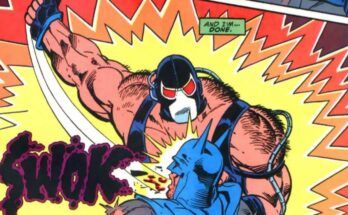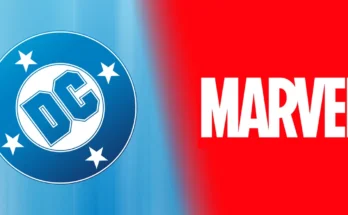
Batman: The Animated Series premiered on the Fox Network’s children’s block Fox Kids on September 5, 1992. Batman: The Animated Series received universal critical acclaim and has been consistently ranked as one of the greatest animated television series ever made.
Batman: The Animated Series took influence from Tim Burton’s live-action Batman films, and the acclaimed Superman theatrical cartoons produced by Fleischer Studios in the early 1940s. Bruce Timm and Eric Radomski emulated the Burton films’ “otherworldly timelessness”, incorporating period features such as black-and-white title cards, police blimps and a “vintage” color scheme with film noir flourishes. Radomski issued a standing order to the animation department that all backgrounds be painted using light colors on black paper (as opposed to the industry standard of dark colors on white paper). The distinctive visual combination of “noir” imagery and Art Deco design was dubbed “Dark Deco” by the producers. The score of the series was influenced by Danny Elfman and Shirley Walker’s work on the Burton films, as well as music of 1940s film noir.
The series was more adult-oriented than previous superhero cartoons. It was the first such cartoon in years to depict outright physical violence against antagonists and one of the first animated shows in years to depict realistic firearms. First-time producers Timm and Radomski reportedly encountered resistance from studio executives, but the success of Burton’s first film allowed the embryonic series to survive long enough to produce a pilot episode, “On Leather Wings”, which according to Timm “got a lot of people off our backs”. Kevin Conroy is notable for being the first person in animation to use two distinct voices to portray Bruce Wayne and Batman.
The series was also notable for its supporting cast — a number of well-known actors provided voices for various classic villains, most notably Mark Hamill who later found success in voice acting thanks to his “cheerfully deranged” portrayal of the Joker. The recording sessions, under the supervision of voice director Andrea Romano, were recorded with the actors together in one studio (as opposed to industry standard of voice actors recording dialogue separately). One of the series’ best-known inventions was the Joker’s assistant, Harley Quinn, who became so popular that DC Comics later added her to mainstream Batman comic book continuity.



